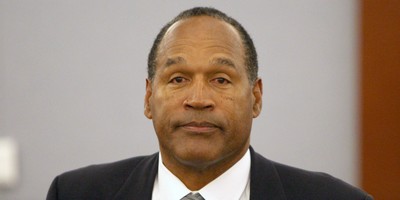The merit of the federal government adopting use of Gross Output (GO) as a broadened quarterly measure of U.S. economic activity to supplement the traditional reliance on Gross Domestic Product (GDP) shone when the Bureau of Economic Analysis recently published its first-quarter 2014 findings.
The opportunity to compare the numbers shows that the economy may not have been as weak as the 2.1% shrinkage the GDP indicated in the first quarter when winter storms hit. Indeed, second-quarter real GDP rebounded to grow at a 4% annualized rate, affirming Gross Output’s useful role as a measure of economic activity because it is designed to reflect spending at all stages of production, including business-to-business commerce that is missed in the GDP results.
Gross Output dipped by just 0.1% in real terms (after taking price inflation into account) during the first quarter of 2014. That scant dip effectively left GO unchanged at $30,210.6 billion in the first quarter of 2014.
GDP, which measures the final goods and services purchased by consumers, business and government, in contrast was revised down to -2.1% in real terms, according to the Bureau of Labor Statistics (BEA). The BEA previously estimated that first-quarter real GDP dipped 0.7% to fall to $17,016.0 billion.
The GO data indicates the economy is not scuffling as much as the GDP figures suggested in the first quarter, said Mark Skousen, an economist who also is the editor of the Forecasts & Strategies investment newsletter. Skousen, a Presidential Fellow at Chapman University, has advocated publicly for the government to use Gross Output for more than 20 years as a more comprehensive measure of economic activity than GDP.
Recommended
Skousen proposed Gross Output as a macroeconomic measure in his book, “The Structure of Production,” published by New York University Press in 1990. Starting this year, the Bureau of Economic Analysis publishes GO on a quarterly basis in its “GDP by Industry” data.
The latest economic information shows that the economy has been strengthening in the second quarter. That rebound suggests to me that the GDP numbers in the first quarter may have been misleadingly negative and at risk of giving lawmakers, policymakers and others a flawed measure of U.S. economic activity.
The Federal Open Market Committee (FOMC) provided further evidence of a growing economy when it announced on July 30 that economic activity had been picking up in the second quarter.
“Labor market conditions improved, with the unemployment rate declining further, the FOMC reported in a statement. However, other indicators suggest that there is a slow recovery in the housing sector and a significant underutilization of labor, even though household spending appears to be rising moderately and business fixed investment is advancing, the FOMC found.
For those reasons, the FOMC concluded “sufficient underlying strength” exists in the broader economy and unemployment is improving enough to once again scale back its asset purchase program. Beginning in August, the FOMC will add to its holdings of agency mortgage-backed securities at a pace of just $10 billion per month rather than $15 billion per month, and will add to its holdings of longer-term Treasury securities at a pace of $15 billion per month rather than $20 billion per month.
The FOMC is continuing to scale back its easy-money policies, despite the widely varying GDP in the first and second quarters. The risk is that lawmakers, policymakers and others may overreact to the latest economic numbers without vetting them against other data, including the federal government’s recently adopted quarterly gross output statistic.
Paul Dykewicz is the editorial director of Eagle Financial Publications and a columnist for Townhall and Townhall Finance.

























Join the conversation as a VIP Member